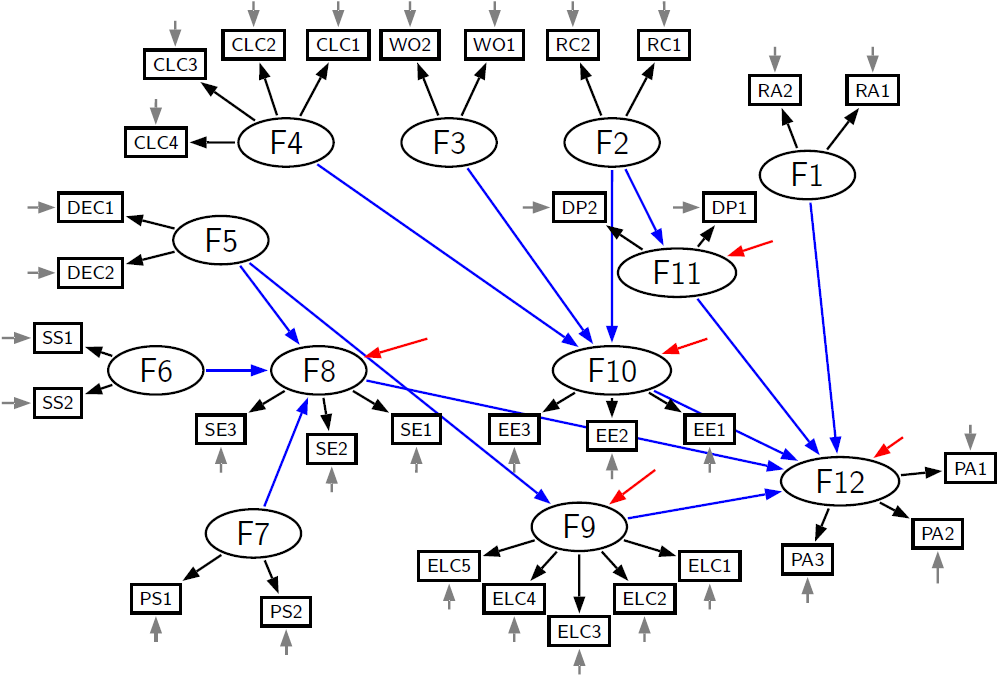Structural equation models, spring 2013
Structural equation models, spring 2013
This is a basic, non-mathematical, application-oriented course of SEM using Mplus. It is primarily targeted to master's/doctoral students of Social Sciences, who have no prior knowledge of SEM. The course is also suitable for master's students of Statistics (Social Statistics, Psychometrics). The number of participants is limited to maximum of 20. (The software licence policy may set further limitations in practice.)
Before the course you should have fairly good practical skills of Factor Analysis and Regression Analysis. The Mplus software will be available in the computer class only (University has no home licences of Mplus).
We will closely follow a book by Barbaba M. Byrne, and learn its most central topics through empirical examples:
- The plan is to begin by going through the chapters 1 and 2 (first week).
- The main focus will then be on the chapters 3, 4, 6, 7 and 9 (one week for each).
- The chapters 5 and 8 will serve for optional assignments (see below).
- (The chapters 10-12 will be excluded.)
If you decide to take this course, it is most recommended to buy the book as soon as possible. (It may be quite difficult to follow the course without the book, although I will share some material and notes based on it). We will use Moodle for sharing the materials, your reports etc.
The course is scheduled on period IV, starting in March and ending in April/May.
It is essential to participate on the lectures and the computer classes. Both will begin on 12th of March. The last lecture will be on 24th of April. No teaching on 2nd and 3rd of April (Easter break).
- Lectures on Tuesdays and Wednesdays at 8-10 (Unioninkatu 37, seminar room 4).
- Computer class on Tuesdays at 10-12 (Snellmaninkatu 12, IT classroom 110).
There is no exam, as this is learning by doing and practicing. Credits will be earned as follows (more details during the course):
- 6 cu: active participation, weekly reports (based on chapters 3,4,6,7,9)
- 8 cu: all of the above plus an optional report (based on chapter 5 or chapter 8 or perhaps own data)
Grading will be based on the active participation as well as the quantity and quality of the assignment reports.
